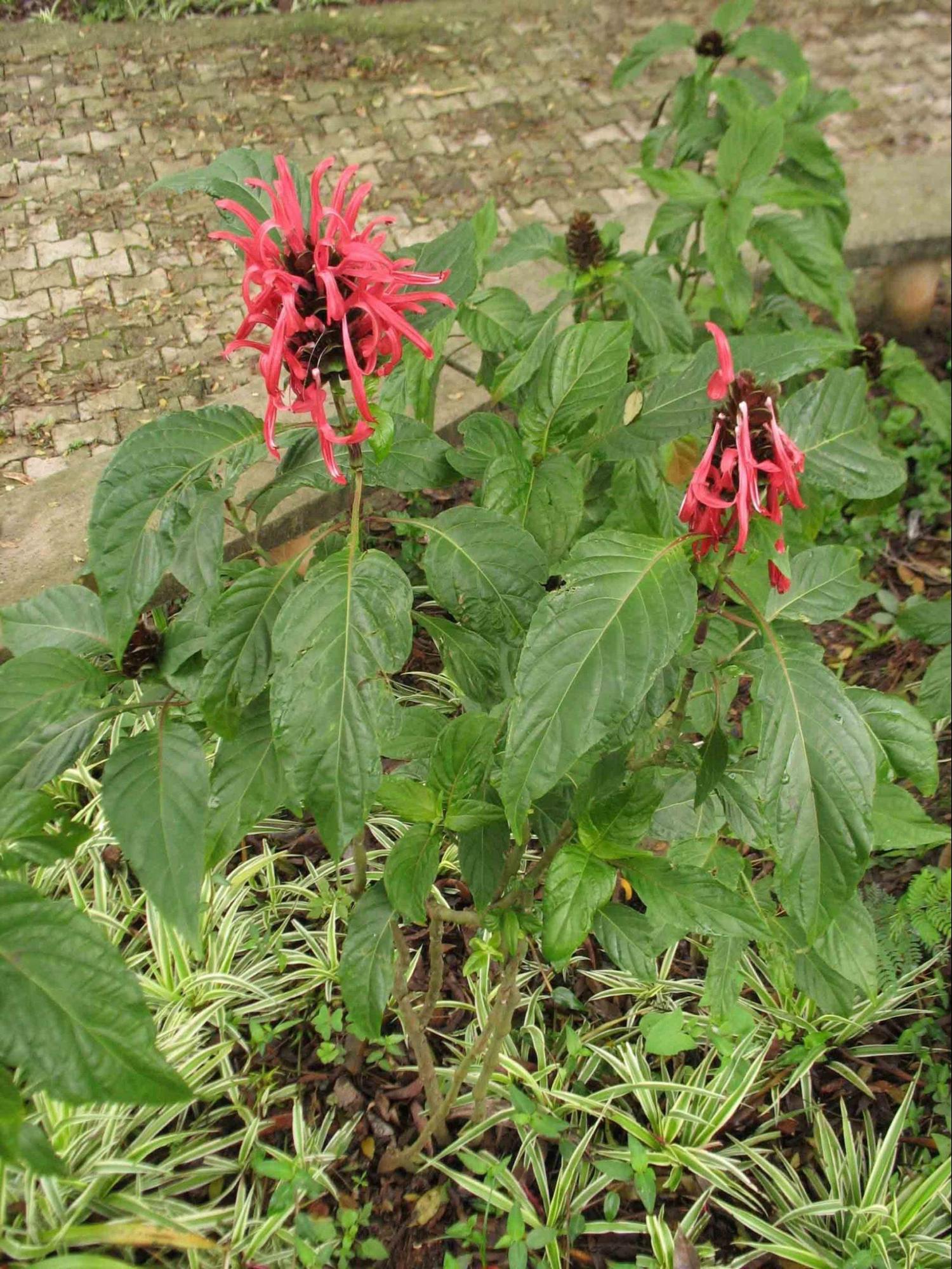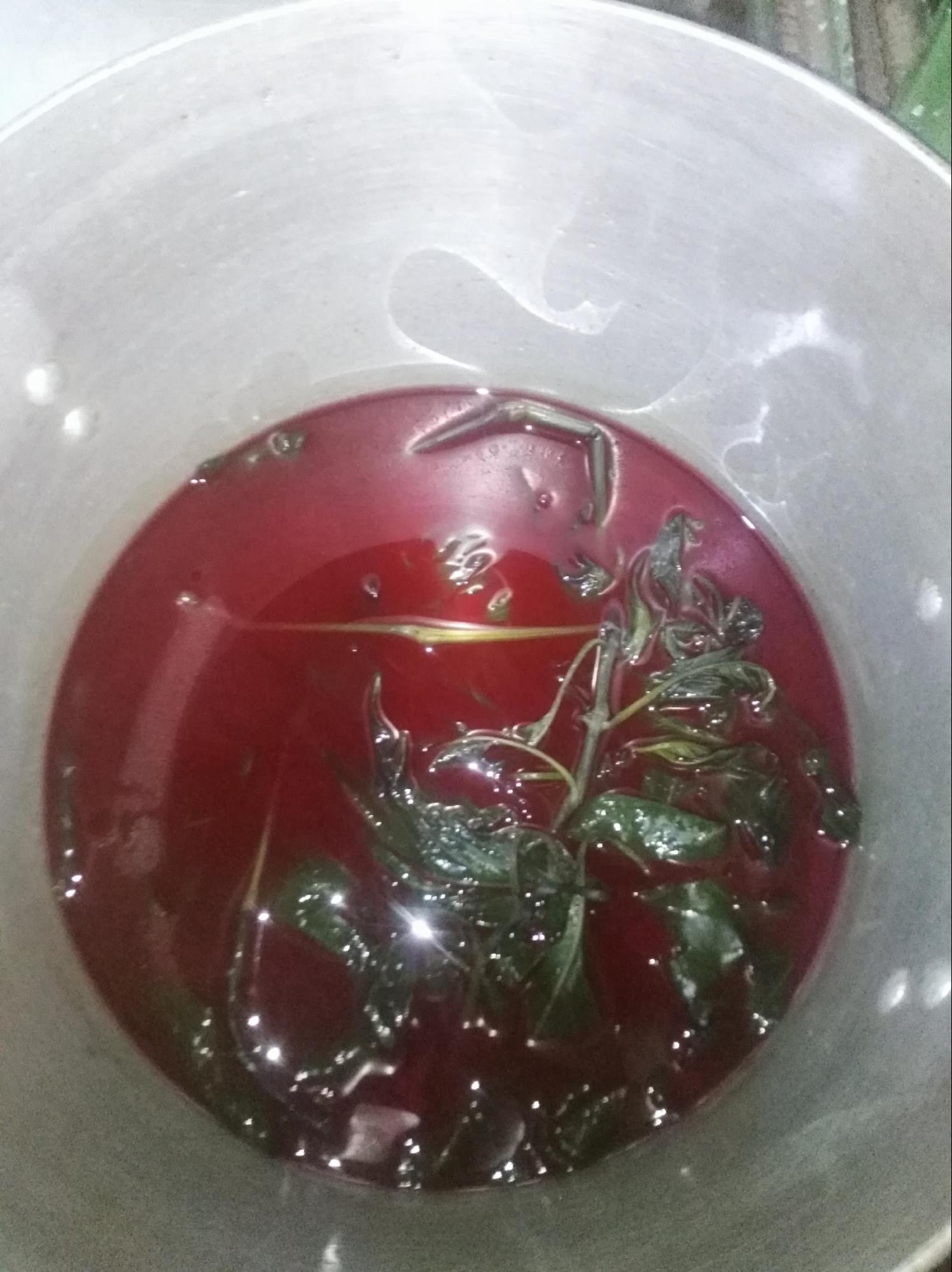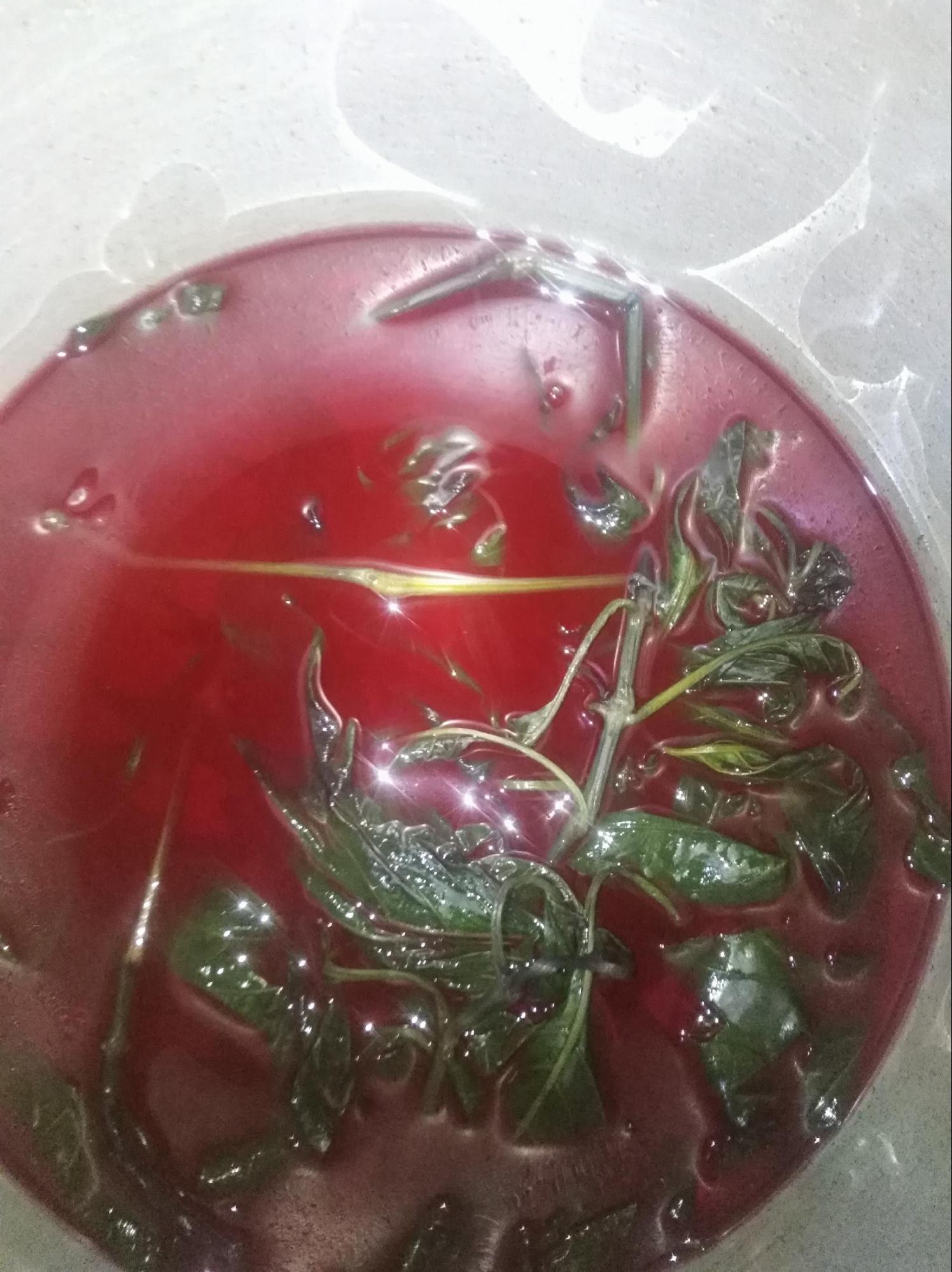For centuries, communities around the world have relied on the healing power of plants to treat illnesses of the body and mind. This ancient knowledge, often preserved and passed down orally through generations, forms the foundation of traditional medicine across continents. In Africa, this form of healing is not simply about physical wellness but is deeply rooted in cultural identity, spiritual practices, and the accumulated wisdom of local healers. While modern medicine has made tremendous strides, there is growing recognition of the value of indigenous knowledge, especially as ethnobotanical research continues to validate many traditional practices.


Among the numerous plants that hold a special place in African traditional medicine, Justicia carnea, commonly known as the Brazilian Plume Flower, stands out for its blood-enhancing properties and wide range of uses. Native to the Atlantic Forest ecoregions of eastern Brazil, as well as parts of northeastern Argentina and Paraguay, this plant belongs to the Acanthaceae family and has been widely cultivated in Africa, particularly in Nigeria.
In Nigeria, Justicia carnea is known by a variety of indigenous names that reflect its purpose and prominence. Among the Yoruba people, it is called “Ewé Èjè” or “Ewé Alẹ́rí,” both of which can be interpreted as “blood leaf.” In the Igbo-speaking regions, it is referred to as “Ogwu Ọbara,” meaning “blood medicine,” while the Hausa call it “Maganin Jini,” which also translates to “blood tonic.” These local names underscore the plant’s most celebrated use: as a natural remedy to replenish blood and boost vitality, especially for those recovering from illness or childbirth.
Beyond its medicinal use, Justicia carnea has also inspired nicknames such as “Hospital Too Far,” “Blood of Jesus Leaf,” and even “Jehovah Witness Leaf,” reflecting both its widespread trust among local communities and its role as an accessible alternative in areas where healthcare services are limited. In English, it may also be referred to as Flamingo Flower, King’s Crown, Paradise Plant, or Jacobinia, based on its vibrant pink blooms and ornamental appearance.
One of the most distinctive characteristics of Justicia carnea is the deep crimson color of the liquid produced when its leaves are boiled. This blood-like appearance is not merely symbolic; it is a visual cue that aligns with its most common therapeutic use as a blood builder. Traditionally, the decoction is used to treat anemia, improve energy levels, and support general recovery. According to local healers and herbal practitioners, the crimson tea is often administered to women after childbirth, children recovering from fever or infection, or adults suffering from weakness due to stress or disease.


Scientific studies have begun to explore the nutritional and phytochemical properties of Justicia carnea, lending further credibility to its traditional applications. The leaves are known to contain essential vitamins such as A, B1, B2, B9, B12, C, and E, as well as minerals like iron, calcium, and riboflavin. In addition to these nutrients, phytochemical analyses have revealed the presence of saponins, flavonoids, alkaloids, and tannins, all compounds known for their antioxidant, antimicrobial, antiviral, and anti-inflammatory effects. These findings support the plant’s usage in managing a wide variety of health conditions, from anemia and malaria to gastrointestinal disorders and menstrual irregularities.
Local herbalists across Nigeria continue to use Justicia carnea in both standalone and compound formulations. It is frequently recommended for the treatment of typhoid, arthritis, respiratory infections, rheumatism, diarrhea, fever, and even menstrual cramps. The adaptability of the plant to different forms of use also makes it especially valuable.
The preparation methods for Justicia carnea are as varied as its uses. A common method involves washing the fresh leaves thoroughly and boiling them in clean water for about 15 to 20 minutes. The reddish liquid is then consumed warm, either alone or with a small amount of milk to improve the taste. This herbal tea is often taken daily over a short period, depending on the severity of the condition being treated.
In addition to its medicinal tea, the leaves can be dried and ground into powder, allowing for longer storage and easier use in mixtures with other herbs. Some households incorporate Justicia carnea into daily meals as a preventive measure. The fresh leaves are washed, chopped, and added to local dishes such as yam porridge or rice, or combined with other edible greens like Telfairia occidentalis (Ugu) or Moringa oleifera to enrich soups and stews.⁹ This blending of food and medicine reflects a broader African philosophy that healing is most effective when it is integrated into daily life.
In rural communities, it is also not uncommon for individuals to chew the raw leaves directly, especially during periods of illness or fatigue. In more specialized treatments, traditional healers may combine Justicia carnea with other herbs to treat specific conditions such as fibroids, ulcers, or blood infections, depending on the healer’s experience and local pharmacopoeia.
While there are no widely reported adverse effects associated with moderate use of Justicia carnea, it is important to approach any form of herbal treatment with caution. The absence of side effects in traditional practice does not necessarily guarantee safety in every context. Individual reactions may vary based on age, health status, or existing medications. As a precaution, it is always advisable to consult a healthcare provider or experienced herbal practitioner before beginning any form of treatment.
In conclusion, Justicia carnea offers a compelling example of how traditional knowledge and modern science can converge. Rooted in generations of African healing practices and increasingly supported by academic research, the plant represents a bridge between heritage and health. As interest in natural medicine continues to grow globally, the preservation and respectful documentation of plants like Justicia carnea becomes even more important—not only as a health resource but also as a living part of cultural identity.
Endnotes
1. A. Sofowora, Medicinal Plants and Traditional Medicine in Africa, 2nd ed. (Ibadan: Spectrum Books, 1993).
2. F. O. Akinmoladun et al., “Ethnobotanical Survey and Medicinal Uses of Justicia carnea in South-West Nigeria,” Journal of Medicinal Plants Research 14, no. 8 (2020): 427–33.
3. D. O. Aworinde and S. M. Erinoso, “Ethnobotanical Assessment of Plants Used for the Treatment of Anaemia in Southwestern Nigeria,” International Journal of Herbal Medicine 3, no. 2 (2015): 27–33.
4. Field interviews with Yoruba and Igbo herbalists, 2019–2021.
5. E. K. Nwosu et al., “Phytochemical and Antimicrobial Screening of Justicia carnea Leaf Extracts,” African Journal of Traditional, Complementary and Alternative Medicines 13, no. 6 (2016): 45–52.
6. Ibid.
7. Oral testimony from community health practitioners in Osun, Anambra, and Kaduna States.
8. Aworinde and Erinoso, “Ethnobotanical Assessment,” 29.
9. Akinmoladun et al., “Ethnobotanical Survey,” 430.
10. Ibid.
11. Sofowora, Medicinal Plants, 188.









